The Amazon rainforest, often referred to as the "lungs of the Earth," is a vast and complex ecosystem that has thrived for millennia. Within its dense foliage and winding rivers, indigenous tribes have lived in harmony with nature, developing intricate systems of survival and sustainability. These communities, some of which remain uncontacted by the modern world, hold ancient wisdom that has allowed them to flourish without depleting the resources around them. Their way of life offers a stark contrast to the rampant deforestation and exploitation that now threatens the Amazon.
For these tribes, the forest is not merely a resource to be harvested but a living entity to be respected. Their spiritual beliefs are deeply intertwined with the natural world, shaping their hunting practices, agriculture, and social structures. Unlike industrialized societies that prioritize short-term gains, indigenous cultures operate on a long-term vision, ensuring that their actions do not disrupt the delicate balance of the ecosystem. This philosophy has enabled them to sustain their communities for thousands of years without causing irreversible damage to their environment.
One of the most remarkable aspects of indigenous life in the Amazon is their approach to agriculture. While modern farming often relies on monocultures and chemical fertilizers, tribes such as the Yanomami and Kayapo practice shifting cultivation, a method that allows the land to regenerate naturally. By rotating their crops and leaving fields fallow for extended periods, they prevent soil depletion and maintain biodiversity. This technique, though seemingly simple, requires an intimate understanding of the land’s cycles—a knowledge passed down through generations.
Hunting is another area where indigenous tribes demonstrate their profound connection to nature. Unlike commercial hunters who often overexploit wildlife, these communities follow strict ethical guidelines. They hunt only what is necessary for survival and avoid targeting endangered species. Rituals and ceremonies frequently accompany hunting expeditions, reinforcing the idea that taking a life from the forest is a sacred act that demands gratitude and restraint. Such practices ensure that animal populations remain stable, preserving the ecological equilibrium.
The social structures of Amazonian tribes also reflect their commitment to coexistence with nature. Decision-making is often communal, with elders and shamans playing key roles in guiding their people. Conflicts are resolved through dialogue rather than violence, and resource distribution is managed to prevent hoarding. These principles foster a sense of collective responsibility, ensuring that no individual or group exploits the environment at the expense of others. In many ways, their societies function as microcosms of sustainability, offering lessons for a world grappling with environmental crises.
Despite their resilience, indigenous tribes face unprecedented threats from illegal logging, mining, and land encroachment. The Brazilian government’s policies in recent years have accelerated deforestation, pushing many tribes to the brink of displacement. Activists and organizations have raised alarms, warning that the loss of these communities would not only be a cultural tragedy but also an ecological disaster. The knowledge they possess—about medicinal plants, wildlife behavior, and sustainable living—could vanish with them, leaving humanity poorer in both wisdom and biodiversity.
International efforts to protect the Amazon and its indigenous inhabitants have seen mixed results. While some initiatives have succeeded in securing land rights for tribes, others have been undermined by corruption and political instability. The global community must recognize that the fate of the Amazon is not just a regional issue but a planetary one. The rainforest plays a critical role in regulating the Earth’s climate, and its destruction would have far-reaching consequences for all of humanity.
There is still hope, however. Indigenous leaders have become increasingly vocal on the world stage, advocating for their rights and the preservation of their lands. Younger generations within these communities are also finding innovative ways to merge traditional knowledge with modern technology, using tools like GPS mapping to monitor illegal activities in their territories. These efforts, combined with growing environmental awareness worldwide, could pave the way for a more sustainable future.
The story of the Amazon’s indigenous tribes is not just one of survival but of profound wisdom. Their ability to thrive for centuries without destroying their environment stands as a testament to the possibility of harmony between humans and nature. As the world faces escalating climate crises, their ancient practices may hold the key to solutions that have eluded modern science. The choice now is whether to listen and learn from them before it’s too late.
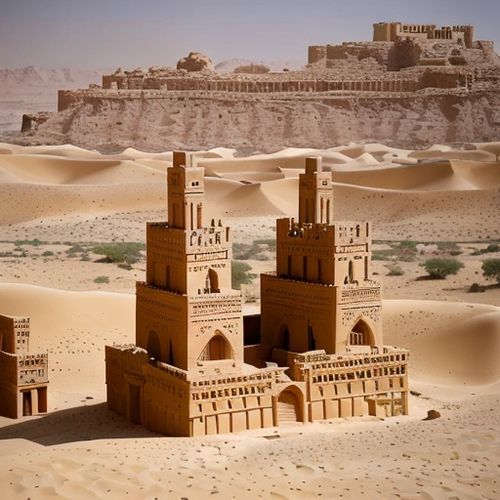
By /May 11, 2025
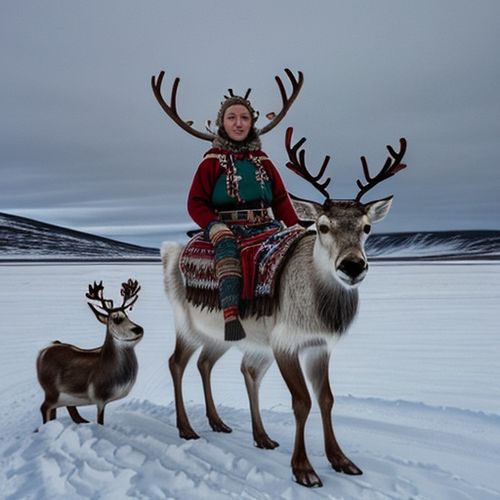
By /May 11, 2025
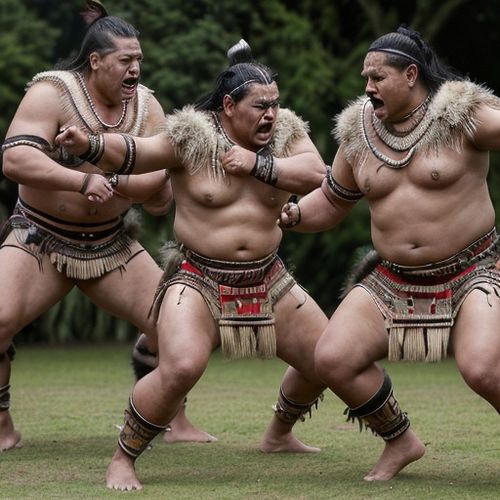
By /May 11, 2025

By /May 11, 2025
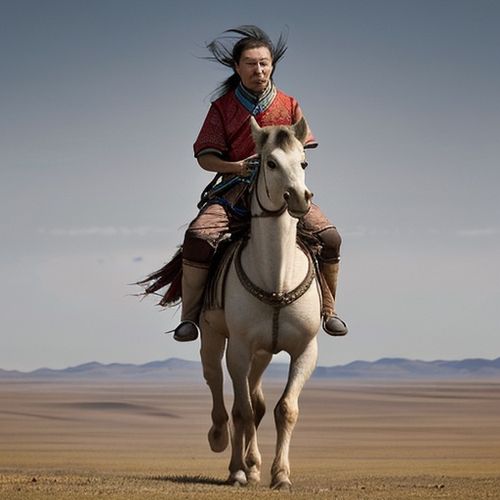
By /May 11, 2025
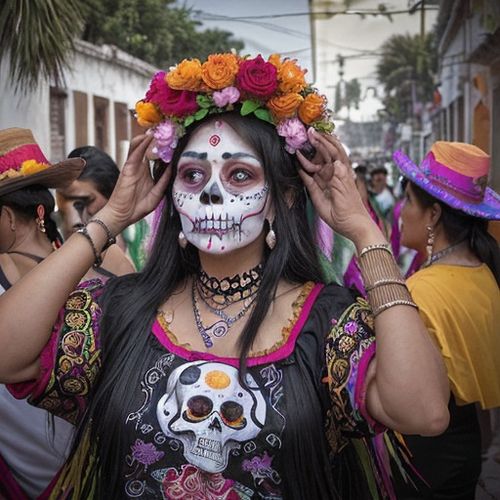
By /May 11, 2025
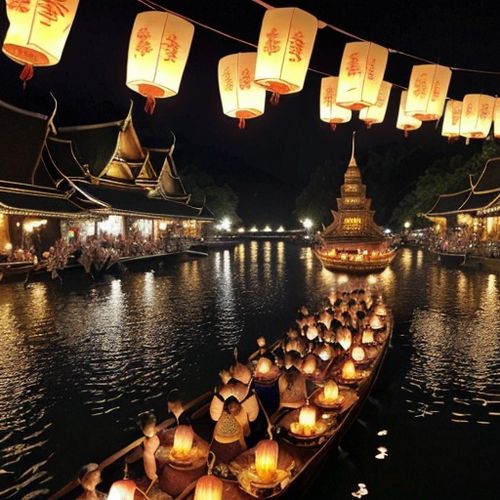
By /May 11, 2025
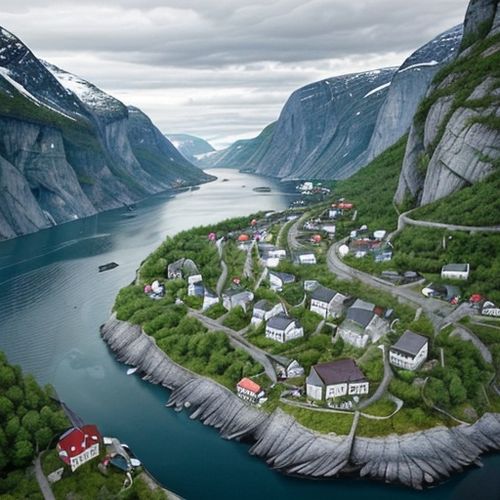
By /May 11, 2025
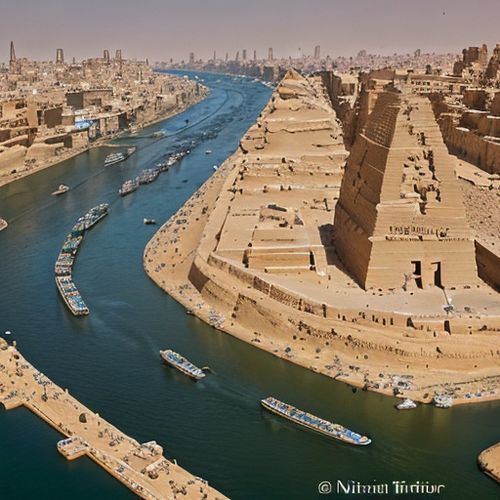
By /May 11, 2025

By /May 11, 2025

By /May 11, 2025

By /May 11, 2025
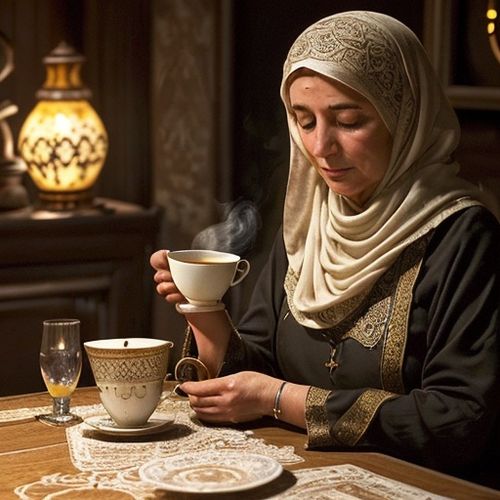
By /May 11, 2025
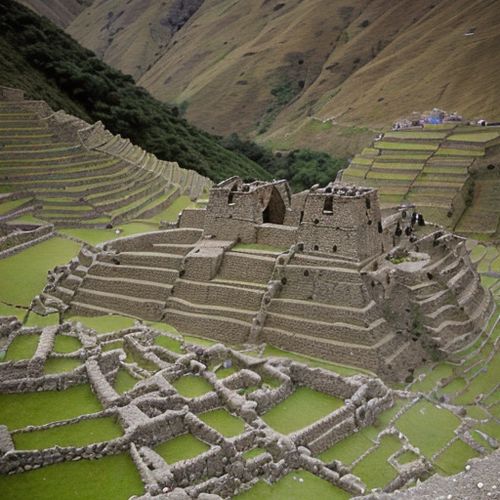
By /May 11, 2025
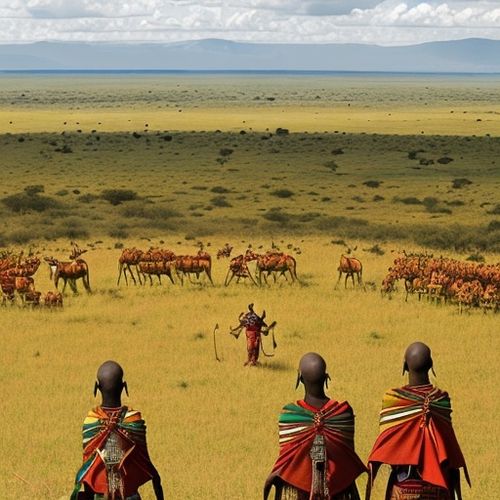
By /May 11, 2025
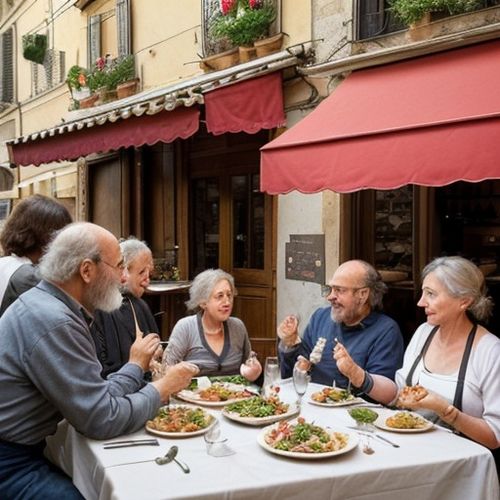
By /May 11, 2025
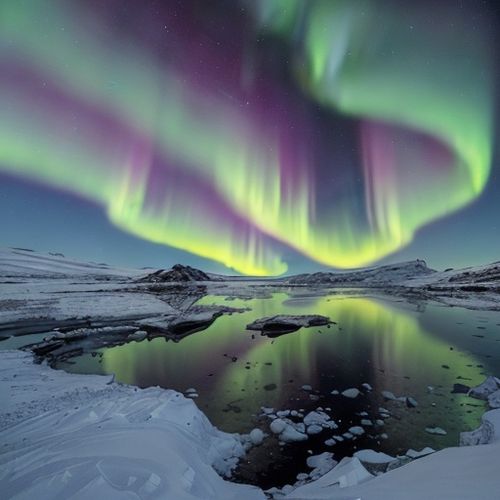
By /May 11, 2025
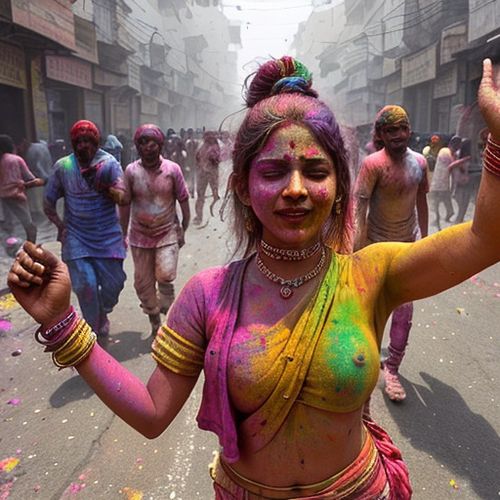
By /May 11, 2025
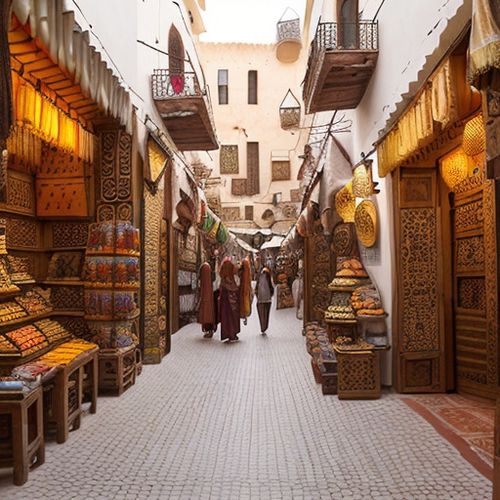
By /May 11, 2025
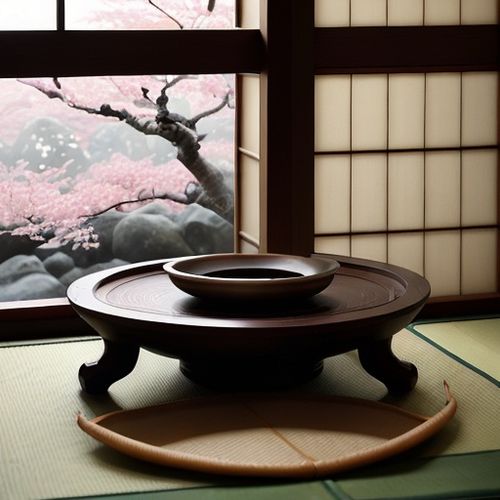
By /May 11, 2025